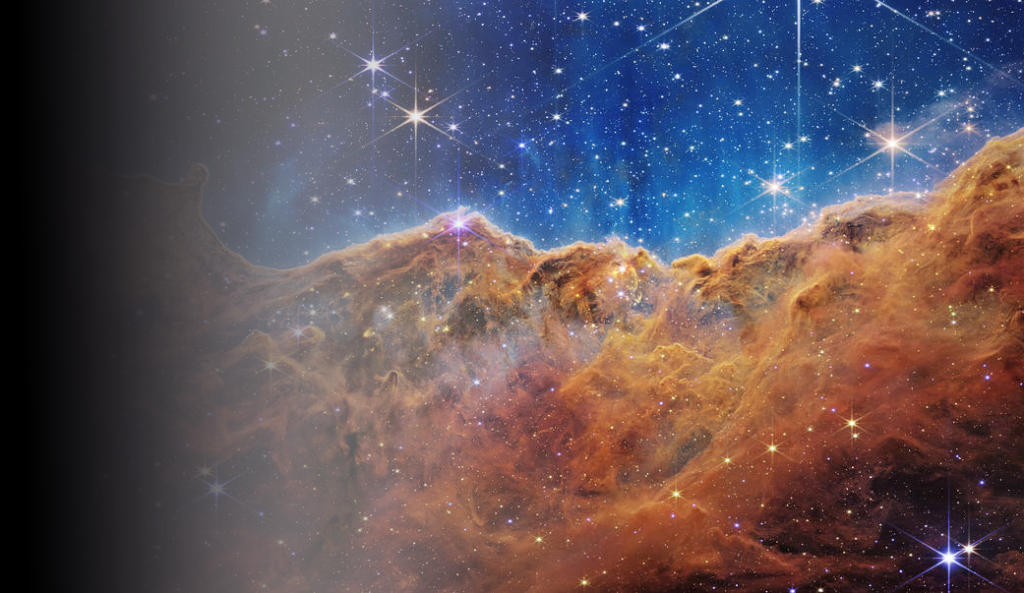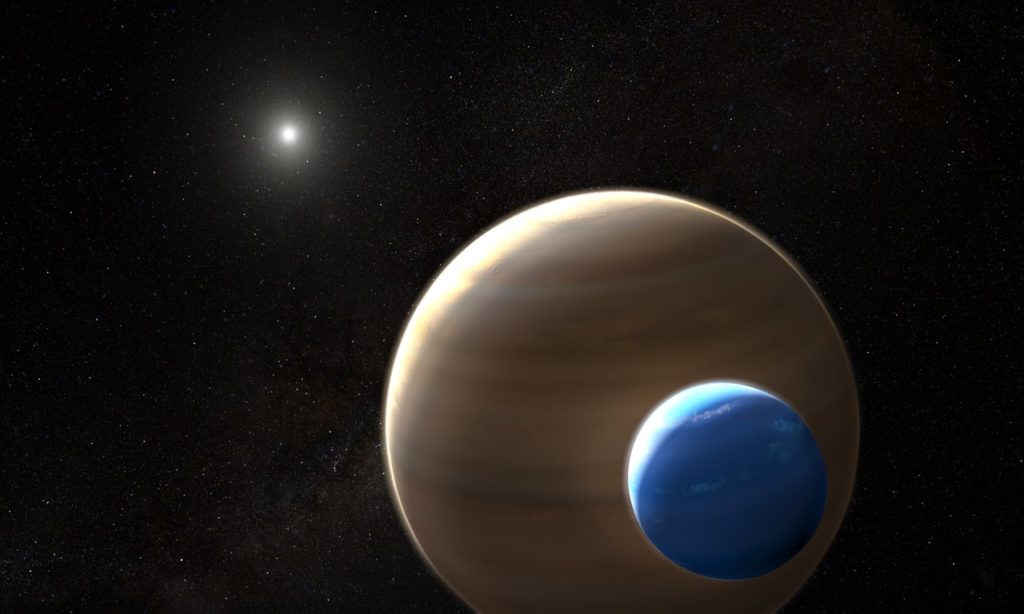Research

At the age of 16, I found out one can get paid to learn about the Universe – Isn’t that a Cool Job? For anyone new to the world of research, we as Astronomers try to make sense of the physical and chemical processes going on in our Universe. And we do that by making theoretical models, collecting data through telescopes, and analyzing that. For eg, astronomers found out that there are more than 5000 planets outside our solar system and maybe we can find life elsewhere in our Universe.
I can go on to talk about this forever, but that is the goal of Outreach page. Here, I walk you through my research experience so far.
Insterstellar Medium


For my MSc Astronomy research project, I have been studying Interstellar Medium a.k.a clouds of gas and dust between the stars.
We have gazed up into the night sky for thousands of years in order to comprehend our Universe. That’s how most Astronomy happens. But there are only a few problems that last 100 years. One of those are Diffuse Interstellar Bands. In 1919, while studying stars, we found some patterns of light that didn’t match any known molecule. These came from the matter between us and the stars – the interstellar medium.
The challenge is complicated by the fact that there are 1.2 million possible molecules that may be producing them, plus, the difficulty of recreating a space environment in a lab to record the spectrum of potential molecules. So, you may be thinking, why can’t we run a computational simulation that simulates the spectrum of potential molecules and determine which one best matches our observation? Yes, we can, and that’s my research. Our best bet are large carbonaceous molecules. If you are curious, our research group is part of the EDIBLES consortium which uses data from ESO’s Very Large Telescope in chile.
I’ll soon be uploading my results and research report here.
ExoMoons
This was my first research project in Astrophysics. Although, it was a short 6 week-project (but with a fairly big team) it was an amazing experience. I learned how to collect astronomy data, use python scripts to analyze it, write about research and present it etc. I also learnt how to share your research progress with your supervisor and have guidance from them. I bet this is one of the key skills required in Grad school. It was an honour to network with amazing fellow students (most of us were preparing to apply for grad school, so it was great community to be in!)
Let’s talk about the research project: As you might guess from the name, this project was a search for moons around exoplanets (planets outside our solar system).

Since decades, scientists and researchers across the globe have conducted many missions like Hubble, Spitzer, TESS and mainly Kepler mission for Detection of Exoplanets. Apart from exoplanets there exists another possibility to find habitable conditions—Exomoons.
Along with the fact that moon increases the habitability of planet , moons themselves can be habitable. For Example, the moon Europa has more ambient conditions than that of Jupiter. After the release of Kepler data, Exomoon research has gone up the hill.
Till date there has been no concrete evidence for the existence of Exomoon candidates. There are multiple ways to look for them: the major one being photometric observations but they produce extremely faint signal making it invisible to detectors. So we turn towards the signal produce by gravitational effects of Exomoon on Exoplanets.
The observations are mostly made via the NASA’s Kepler space telescope, which was designed to detect a photometric signal corresponding to a transit depth of 85 ppm—equal to the Earth-Sun analog. Here, we target on possible Exomoons which are not detectable directly, but by these indirect signals.
If an exoplanet has a small moon around it, it will produce some perturbations in the orbit of its exoplanet which we can interpret from the data collected by telescopes.These perturbations can come in different forms, like Transit Timing Variations (TTV) and Transit Duration Variations (TDV), and Transit Photometric Variations (TPV).
Here, we explore the possibility of existence of exo-moons which are small enough to not produce their own Transit signal. These exo-moons are too small to create detectable photometric (transit) signals of their own but are large enough to create TTVs in their host planet’s transit signal by displacing them with respect to their mutual center of mass.
Living on the Moon

This was my second project at New York Academy of Sciences, but the first time where I was the Team Leader. We were a group of four, with two of us from India, one from Brazil and one from the USA. International collaboration is something I have always found helpful.
This project was more about learning how to do research rather than producing results. Over the period of 8 weeks, we learnt how to Brainstorm ideas, narrow down our research question and reading journal articles.
Getting to work on real world problems is the reason I love projects by New York Academy of Sciences. This time we were working on making the Moon habitable – preparing for the long term existence of humans on the Moon. Our Project was called CHANDRAVILLA – which means home on the Chandra (Chandra means Moon in Hindi).
Once we began our research we realized that there are many challenges to living on the moon. Humans have evolved to take advantage of many different properties found in Earth’s atmosphere and biodiverse ecosystems. However, many of these properties are not found in the moon nor are easily replicated by humans. The most vital challenges to tackle when it comes to moon exploration are secure habitats that protect humans from radiation, moon dust, and the moon’s seismic activity. Additionally, we must ensure that the first moon dwellers are self-sustainable enough to survive without constant resupply missions. This means food, water, basic first aid, and hygiene must be addressed in the moon bases.
My major role was to work on how we can generate electricity on the Moon. I enjoyed reading papers about all possible solutions, and working the math of existing technology to modyifying it to make it usable for Moon. I worked on the Model of Solar wind power satellite.
Other areas we explored were Habitat Construction on Moon, Growing plants and making space travel efficient.
It was very exciting project. You can find description of the challenge and our final presentation here!